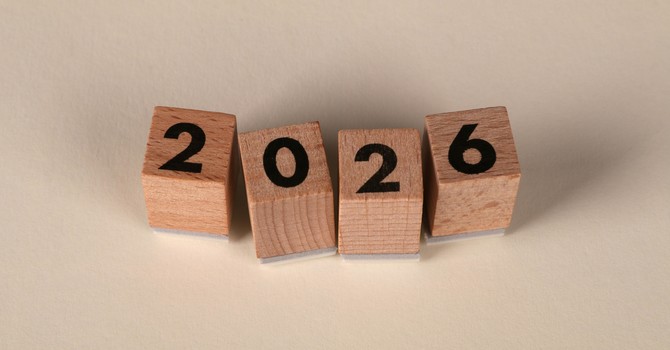
The McKenzie Method, is the “Mechanical Diagnosis and Therapy of the Spine and Extremities” (MDT). It has five key features that make the system unique: classification based on symptoms and the body’s response to loading, patient education is integral, the goal is self-management, forces are added progressively and systematically, and lastly, there is a focus on “centralisation” and “directional preference”. Centralisation is the process where pain that originates from the spine but is felt beyond the spine, think extremities, gradually decreases and eventually disappears. This happens in response to repeated movements or positional holds and directional preference. Directional preference is when repeated movements or a prolonged hold in a specific direction result in symptom improvement. Which movements or holds the body responds to is determined in the assessment.
The McKenzie Method can use a combination of manual therapy and self-management strategies. The amount of hands-on therapy vs patient exercises depends on the individual's response and often needs to be modified throughout the process. Sometimes the patient will start to respond to a certain loading strategy, manual therapy and exercises, but as symptoms improve, modifications need to be made to continue to get the most benefit. This, along with patient education is why clinician oversight is so important.
Pain and disability can be a scary experience, and everyone handles injury setbacks differently. Having an explanation as to why you’re experiencing your symptoms and what you can expect throughout the process can go a long way toward alleviating concerns and building trust in the patient-practitioner relationship. MDT has an emphasis on patient education and self management of pain which is a core tenant of our approach at Momentum Health.
Injury recovery will have ups and downs, so giving clear instructions on how to manage flare-ups or progress recovery when symptoms improve is reassuring and empowers the patient. Patient autonomy throughout treatment is an important aspect of successful and efficient recovery.
Lastly, not every patient is comfortable with spinal manipulation or is a good candidate for it. Although spinal manipulation is a safe and effective treatment, there are times when certain medical conditions limit the safety or efficacy of spinal manipulation and require an alternative approach. The McKenzie Method starts with the least amount of force possible, patient movement, and as necessary progresses through increased force application. This can include spinal manipulation, but not always. So when manipulation is contraindicated, or a patient is not comfortable with it, the McKenzie Method is another approach in the clinician’s toolbox.
If this piqued your interest, or you have more questions about the McKenzie Method and your current injuries don’t hesitate to reach out to our team!



